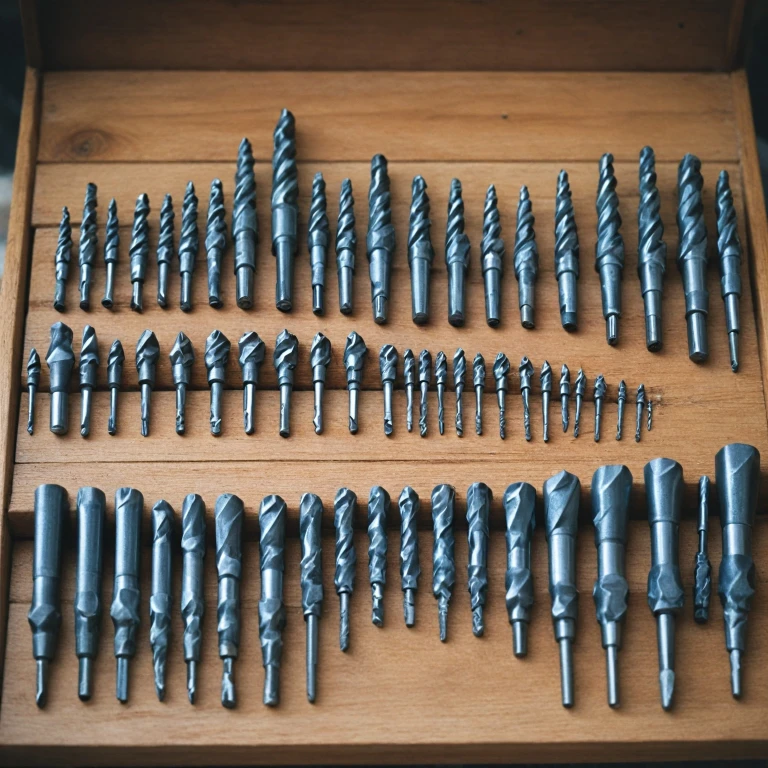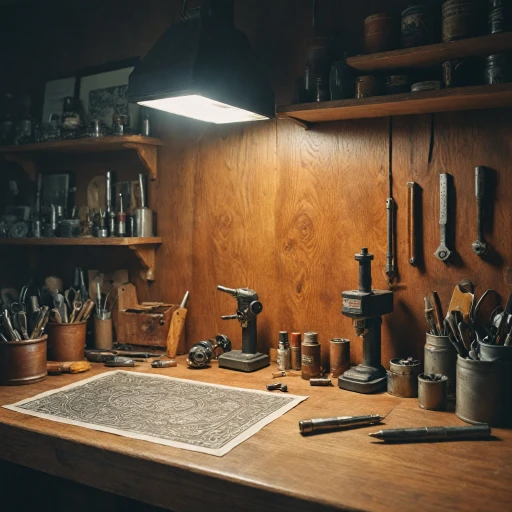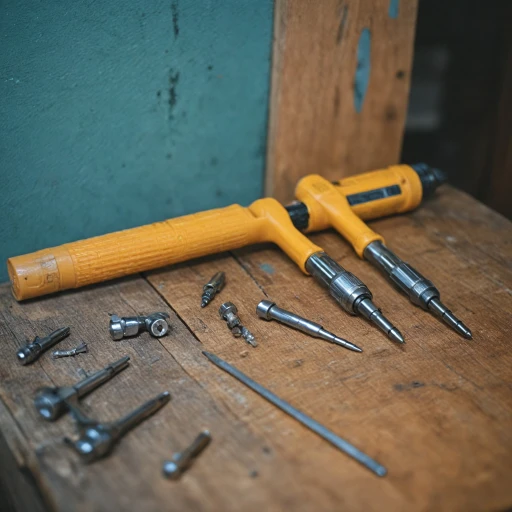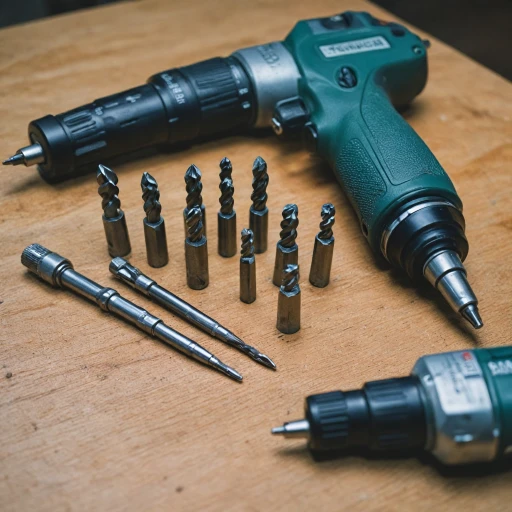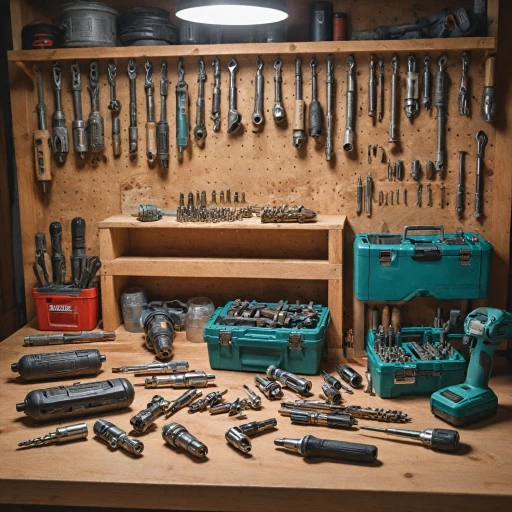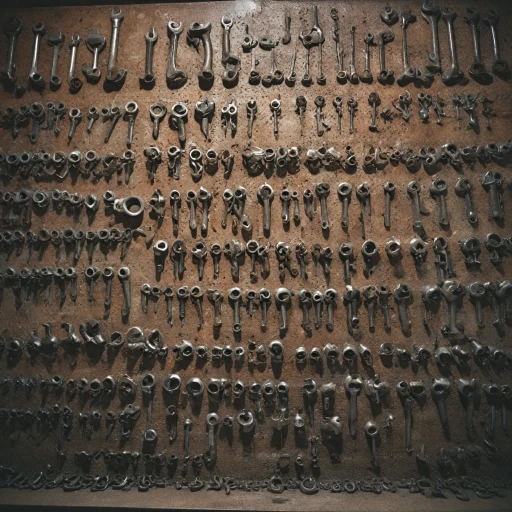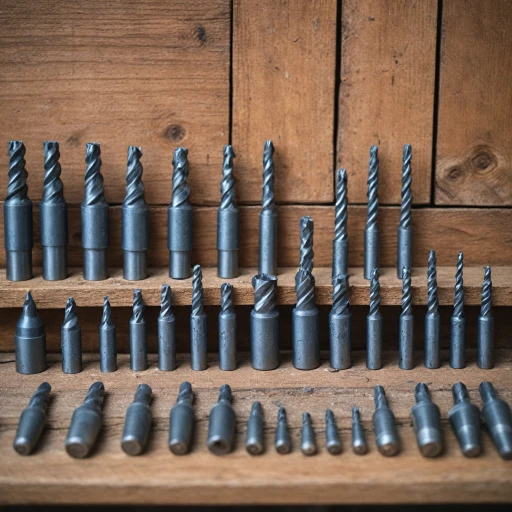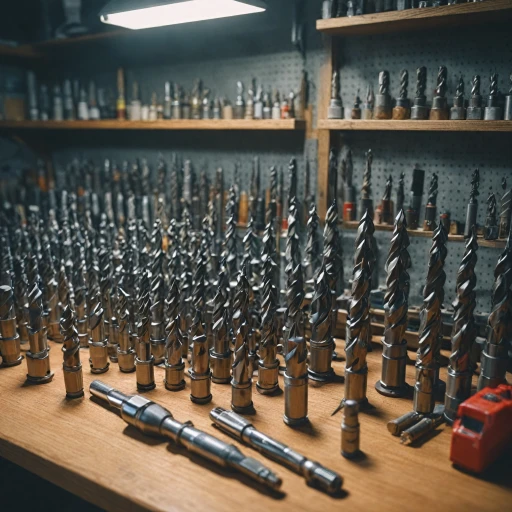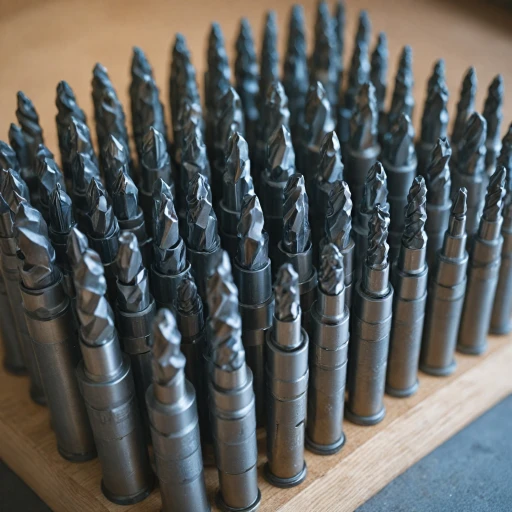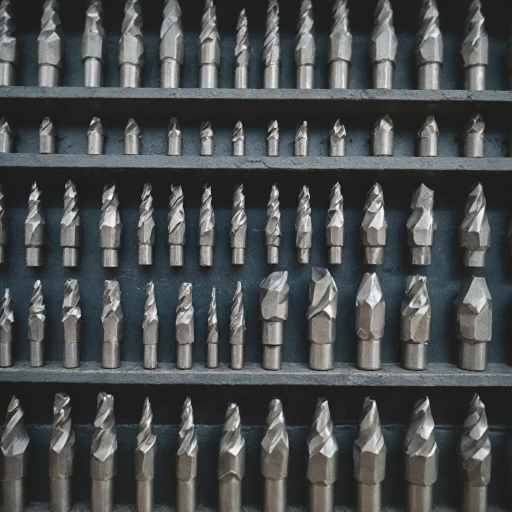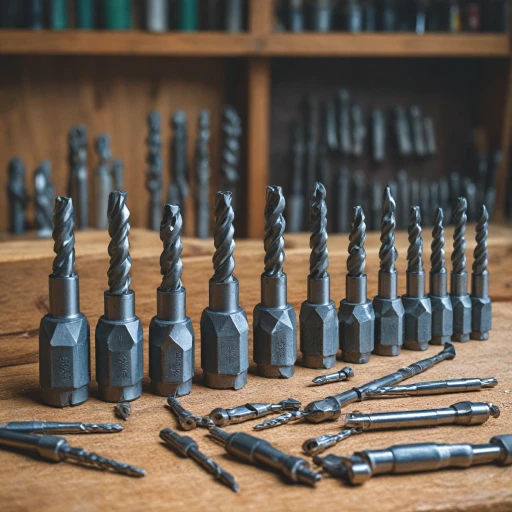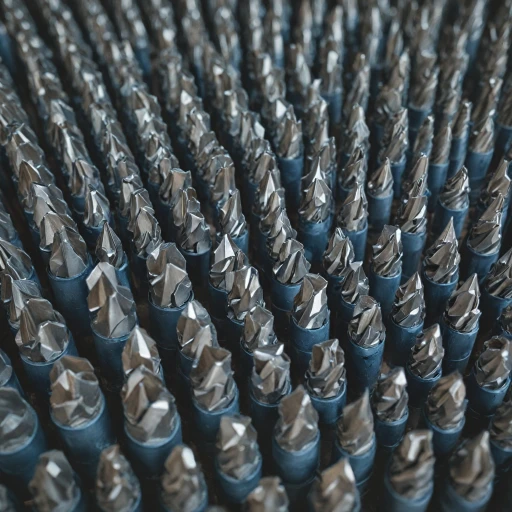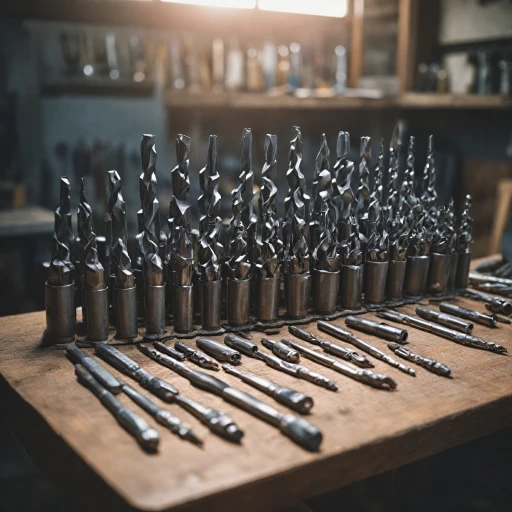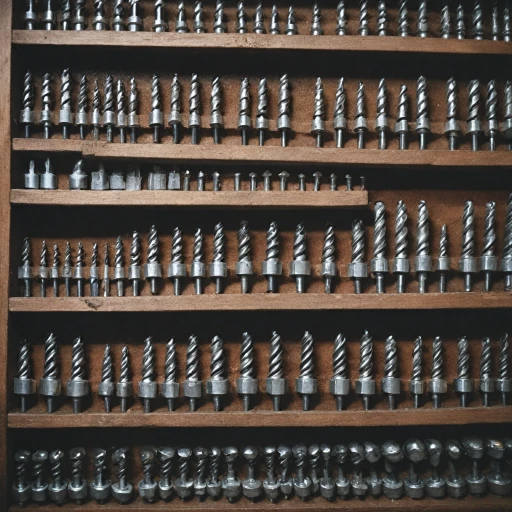
Understanding Drill Bit Materials
The Importance of Choosing the Right Material
When it comes to selecting a drill bit, understanding the material it's made from is crucial. The efficiency of a drill, especially cordless drill sets, holds significance not just in terms of power but also in the choice of drill bit material. This choice can directly affect the quality of drilling and the lifespan of the drill bit.Materials and Their Applications
- High-Speed Steel (HSS): Commonly used for general purpose drilling in wood, metal, and plastic. HSS bits are known for their ability to withstand high temperatures, making them ideal for high-speed drilling.
- Black Oxide Coated HSS: This offers a higher level of protection against rust and improves the bit's heat resistance, enhancing performance and longevity.
- Cobalt Steel Alloys: Typically used for drilling hard materials like stainless steel and other tough metals. These bits are stronger and longer-lasting than standard HSS, although they may be more brittle.
- Carbide: Offers superb hardness and is ideal for cutting through the toughest materials like stone and rock drilling, but can be more brittle than HSS or cobalt.
- Carbon Steel: Generally found in brad point bits and is best suited for woodworking due to its sharpness and precision, especially when cutting through soft materials.
Making the Right Choice for Your Cordless Drill
While selecting a drill bit for your project, consider the materials you will be drilling through. Each type of bit material offers specific advantages and is tailored to different types of work. A solid understanding of these materials, their strengths and applications will ensure that both casual DIYers and professionals can optimize their tool's capabilities and minimize wear and tear. Equipping yourself with the appropriate bit, whether for precise woodworking with a brad point bit, or heavy-duty rock drilling, is essential for achieving optimal results and prolonging the life of your tools.Types of Drill Bits and Their Uses
Exploring the Different Types of Drill Bits and Their Applications
When working with a cordless drill set, understanding the wide array of drill bits available is fundamental to achieving the best results in your project. Different bits cater to various materials and purposes, making it essential to choose wisely.Twist Drill Bits: Versatile and common, these bits are suitable for both wood and metal. Crafted from high-speed steel and sometimes coated with black oxide, they are ideal for general-purpose drilling.
Brad Point Drill Bits: Recognized by their pointed tips, these are perfect for wood drilling. The brad point ensures a clean, straight hole by preventing wandering.
Spade Bits: Featuring a flat cutting edge, spade bits quickly bore large holes in wood. They come in various diameters, typically in metric and inch measurements.
Masonry Drill Bits: Designed for rock drilling and concrete tasks, these bits usually have a carbide tip and should be used in conjunction with a hammer drill for best performance.
Drill Bits with Hex Shanks: These bits provide better grip and are less likely to slip in the chuck, making them an excellent addition to any tool set.
- Black Oxide Bits: Offering durability and increased heat resistance, these carbon steel bits are a reliable choice for repeated use.
- Button Bits: Typically used in high-speed steel applications in construction and mining, where solid formation drilling is necessary.
For those seeking further insights into the vast possibilities of drill bits, delve into an exploration of the versatility of hole saw drill bits and how they can enhance your cordless drill set experience.
Selecting the Right Size and Type for Your Project
Selecting the Suitable Size and Form for Your Task
Choosing the right drill bit for your cordless drill set is crucial to achieving optimal results in any project. The selection process involves considering the materials you're working with, as well as the specifics of the task at hand. Here's a guide to help you find the appropriate drill bit size and type. Firstly, assess the material you aim to drill. Different drill bit materials perform uniquely based on their compatibility with specific substances. Whether you're dealing with wood, metal, or masonry, opting for a bit that can efficiently penetrate the material is key. For instance, black oxide-coated bits are known for their durability when drilling through steel and other metals. Next, consider the diameter of the hole you intend to drill. Bits come in various sizes ranging from tiny fractions of an inch for precise work to larger diameters suitable for hefty construction tasks. It is vital to compare the diameter of the bit with the requirements of your project to ensure you achieve the precise size needed without causing damage to the material. The shape or point design of the bit also matters. Twist drills are versatile and ideal for general-purpose drilling, while brad point bits offer precision when working with wood. For stone and masonry, a specialized masonry drill bit or hammer drill bit is more effective. Moreover, the shank design can influence efficiency and task compatibility. Bits with a hex shank provide better grip and prevent slipping, especially when using high torque drills, while flat shank bits might be suitable for less demanding tasks. Finally, ensure that the bit set you're considering can be seamlessly integrated into your cordless drill set. Cross-compatibility is essential to avoid any mishaps mid-project. For more detailed information on choosing the right drill bits for your cordless drill set, visit our complete guide on choosing the right drill bits. Understanding these aspects will not only aid you in selecting appropriate bits but also enhance your overall drilling experience.Compatibility with Cordless Drill Sets
Ensuring Drill Bits Fit Your Cordless Drill
When choosing drill bits for your cordless drill set, it's crucial to ensure that they are compatible with the drill you're using. The fit between the drill bit and your drill can significantly affect performance, efficiency, and safety. Here's what to consider:
- Shank Design: Drill bits come in various shank designs, such as hex shank, round shank, and flat shank. Hex shank drill bits, for instance, are popular for their ability to provide better grip and reduce slipping within the chuck, making them a great choice for high-torque drilling tasks.
- Drill Chuck Size: Cordless drills typically have chucks with specified diameter limits, commonly ranging from 3/8 inch to 1/2 inch. Ensure that the diameter of your drill bit shank fits snugly into your drill’s chuck. Using a bit that's too large or too small might result in poor performance or even damage to the tool.
- Material and Coating: The material of the drill bit, such as high speed steel or black oxide, plays a role in the compatibility with your cordless drill, especially for specific drilling tasks like rock drilling or masonry drilling. A brad point drill bit might be ideal for wood, while a masonry drill bit or button bit might cater better to hard materials.
By ensuring the correct fit, you not only maintain the integrity of your cordless drill but also enhance the quality of your work. Consulting your drill's manual can also provide specific recommendations on compatibility and help you avoid mistakes that could compromise your tool's lifespan.
Maintenance and Care for Drill Bits
Preserving Drill Bit Functionality with Proper Care
To maintain the longevity and effectiveness of your drill bits, it's vital to ensure they are properly maintained. This not only extends their life but also guarantees consistent drilling performance. Here's how to take proper care of your bit set:- Store Correctly: Proper storage is essential to preserve the sharpness of cutter points. Consider using a dedicated bit box or case to keep your tools organized and protected from moisture and dust.
- Regular Cleaning: After using your drill bits, be sure to clean them thoroughly to remove wood, metal, or masonry debris. A soft cloth or brush is usually sufficient for this task.
- Lubricate Appropriately: Applying a light coating of oil on steel high speed twist drills, especially carbon steel bits, can prevent rust and corrosion. This is particularly important if you frequently drill into metal.
- Sharpen When Necessary: Under regular use, point drills such as brad point and button bits may become dull. Sharpen them using a sharpening tool or stone to maintain their cutting efficiency.
- Avoid Overheating: High temperatures during drilling, especially with materials like rock, can reduce the hardness and strength of the bits. Using the correct speed and applying minimal force can minimize wear and prolong life.
Common Mistakes to Avoid When Using Drill Bits
{"Steering Clear of Common Pitfalls in Drill Bit Usage
One of the frequent mistakes people make when utilizing their cordless drill set is not selecting the appropriate drill bit for the material. Using a wood bit on steel or a masonry drill on softer surfaces can damage both the drill bit and the material itself. Understanding the point and shank characteristics, like opting for a hex shank for stability, can enhance tool performance.
Another overlooked aspect is not securing the drill bit tightly into the drill's chuck. This negligence can lead to inaccurate hole sizes and even dangerous spinning during use. In most cases, ensuring that you have the correct bit diameter and length may mean the difference between a perfect cutter and a mishap.
Measurement inaccuracies also account for misalignment during drilling. It is crucial to compare drill bit sizes and understand the diameter requirements for your project. Using a brad point or twist drill can be beneficial for precision, especially in wood, where exact entry and exit points matter.
Many users also neglect the appropriate speed settings and pressure application for rock or dense materials. Rock drilling with a high-speed steel bit requires proper control over the speed and applied force. Mishandling your cordless drill set can result in overheating or breaking the drill bits.
Finally, misjudging the demands of your project when selecting tool types tends to be a maintenance oversight. Frequent checks on your set for signs of wear, such as dullness or black oxide residues, can prevent premature bit damage. Maintaining your bit set enhances tool longevity and efficiency.
While working on wood, steel high rock, or other materials, being mindful of these aspects can significantly improve your drilling experience and prolong your tools' lifespan. Learning from these mistakes can help ensure your drill bit set remains a valuable asset in your collection of tools.
"}